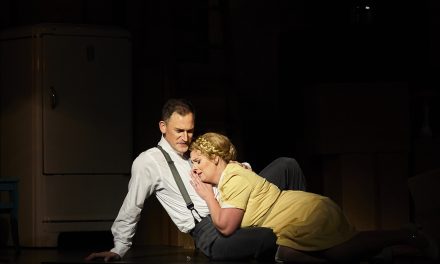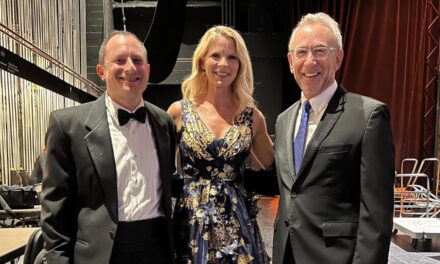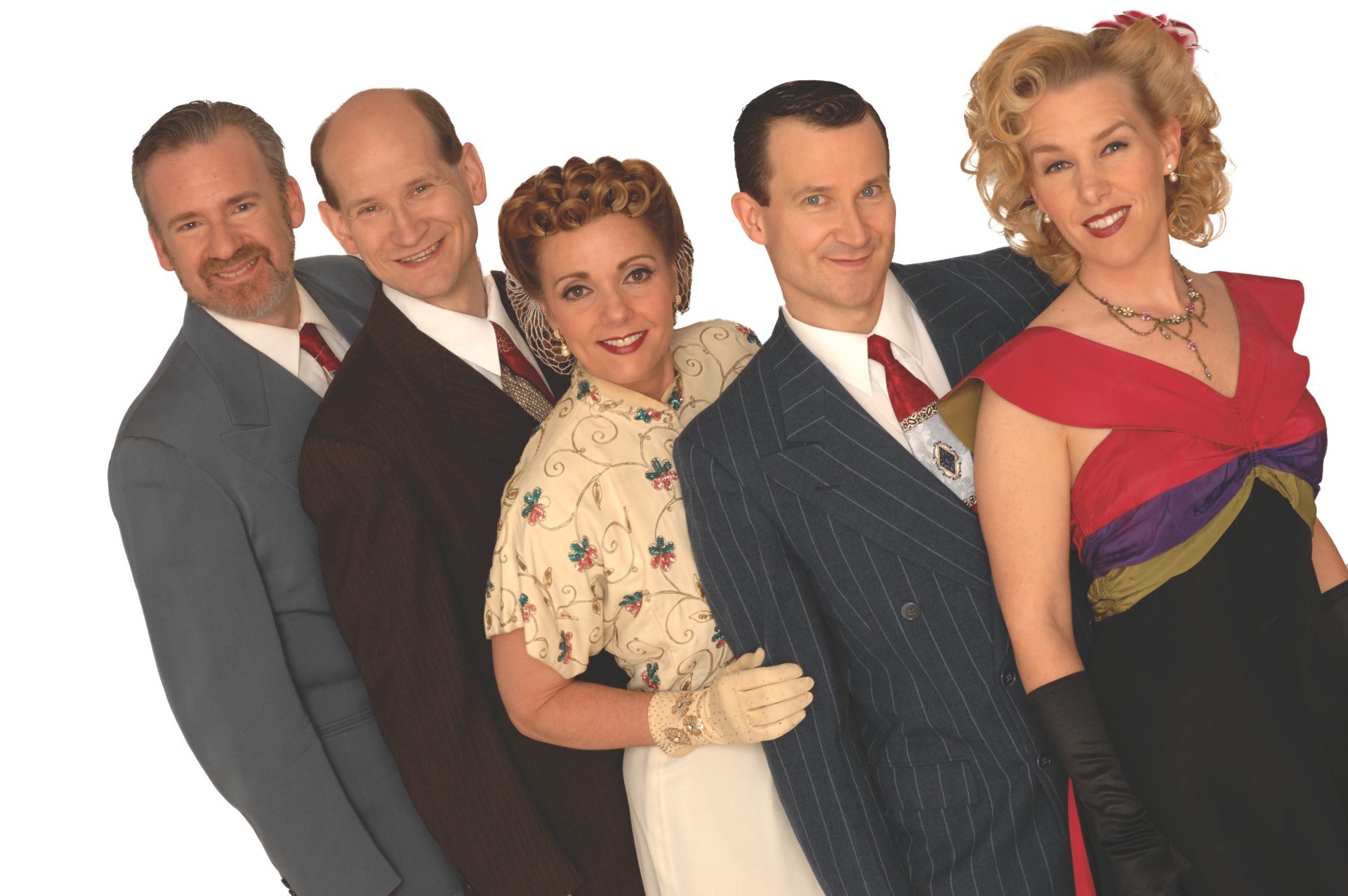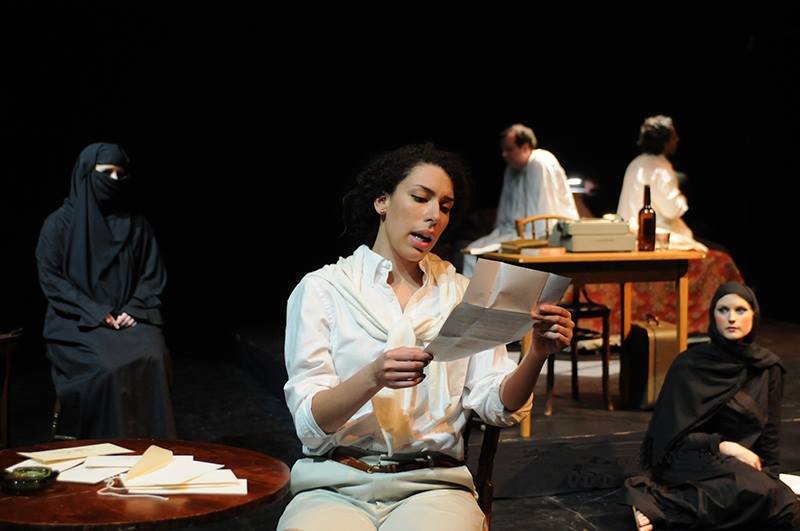All Dvořák
Louisville Orchestra
Donato Cabrera, Guest Conductor
Amit Peled, Guest Cello Soloist
Review by Annette Skaggs
Entire contents are copyright © 2016 Annette Skaggs. All rights reserved.
Cellist Amit Peled
When one hears the name Antonin Dvořák your thoughts automatically go to his masterpiece, the fantastic Symphony No. 9, affectionately known as the New World Symphony. It is a great piece to be sure, but his musical reach extends into many symphonies, poems, concertos, and liturgical pieces, such as a stunning Stabet Mater.
The Louisville Orchestra, with guest conductor Donato Cabrera, entertained audiences with three classic Dvořák pieces: Slavonic Dances, Op. 46, Concerto for Cello and Orchestra in B Minor, Op. 104, and Symphony No. 7 in D Minor, Op. 70. Let’s go backward, shall we?
Despite being not as well known as the Symphony No. 9, No. 7 offers four movements of brilliant composition. Considered to be the most dramatic of his symphonies, there is no doubt that he was a master of illuminating his feelings and beliefs through music. In the first movement, Allegro maestoso, there is an eerie pulse and theme that begins in the cellos and basses and gradually builds into a frenzy that the tympani, winds, brass, and strings grab a hold of, tangle with a little bit, and then allow to taper off. It is rather dynamic. The second movement, Poco Adagio, is almost as frantic as the first movement, but does offer a lovely bridge to the third movement, Scherzo: Vivace. It is within the third movement that one can hear the influences of his musical heritage and themes of his Slavonic Dances. Within the fourth movement, Finale: Allegro, a delightful key change takes place that allows for a bright and happy finish. Our Orchestra and guest conductor were more than able to bring out those nuances.
The second piece of the evening featured what is considered to be one of the greatest cello concertos written, the Concerto for Cello and Orchestra in B Minor, Op. 104. Amit Peled certainly did not disappoint in his enthusiasm for playing this beloved masterwork. To say that Mr. Peled has a bit of a musical pedigree would be an understatement. As one of the most sought after cello pedago` gues, Mr. Peled has performed throughout the world and is currently a Professor at the esteemed Peabody Conservatory of Music at Johns Hopkins University. While sitting on a piano cushion, Mr. Peled relayed an intense and intimate performance to the audience. Our orchestra, an elegant catalyst to Mr. Peled’s ability to bring out every nuance that is hidden in Dvořák’s score. The first movement, Allegro, featured a great theme in the horn section that the solo cello then emulates and expands upon it. The second movement, Adagio ma non troppo, begins with an exquisite theme in the winds that swells within the orchestra and the solo cello. Finale: Allegro moderato, the third movement, blends themes and melodies of the first two movements then allows the solo cello to soar and eventually fade itself away as the whole of the orchestra completes the Concerto with a fierce climax.
As you may be able to tell from the evening’s first selection, Slavonic Dances, Dvořák’s musical artistry was deeply rooted in his homeland, Bohemia. It is no accident that the Slavonic Dances are fantastically similar to Johannes Brahms’ Hungarian Dances, as Brahms was a friend and mentor to the young Bohemian Dvořák. In the whole of the Slavonic Dances, Op. 46 there are 8 dances. We get a taste of three of them: No. 1, No. 7, and No.8.
The first dance is what is as a furiant, known to change time signatures repeatedly. Though it may seem that those changes can be a little dizzying – fear not; under the capable baton of the celebrated Maestro Cabrera, the orchestra was well prepared. No. 7 begins with a soothing oboe and then a bassoon answers the call. Before you know it the tempo changes and the orchestra joins in, and even the percussionists give a little bit of an oom-pah-pah to the sound. I could not help but think of watching lovely ladies and gentlemen in traditional garb prancing about the stage, complete with skirts fluttering about through the promenade. No. 8 returns to the furiant, but with a different tone: G Minor. Despite the darker sound, a beautiful middle section by the winds provides a bit of lightness and before you know it the main theme returns and the end of the piece ends in a flourish.
Thank you to Arthur and Mary Celeste Lerman for your sponsorship of this intriguing and entertaining concert. It was wonderful to be introduced to Mr. Peled and Maestro Cabrera, through your generosity. I appreciate all that you continue to do for our Arts in and around the community.
Bravi Tutti!
All Dvořák
October 22, 2016
Louisville Orchestra
Kentucky Center for the Performing Arts
Whitney Hall
501 W. Main St
Louisville, KY 40202
louisvilleorchestra.org
Annette Skaggs is heavily involved as an Arts Advocate here in Louisville. She is a freelance professional opera singer who has performed throughout Europe and in St. Louis, Cincinnati, Boulder, Little Rock, Peoria, Chicago, New York and of course Louisville. Aside from her singing career, she has been a production assistant for Kentucky Opera, New York City Opera, and Northwestern University. Her knowledge and expertise have developed over the course of 25+ years’ experience in the classical arts.





